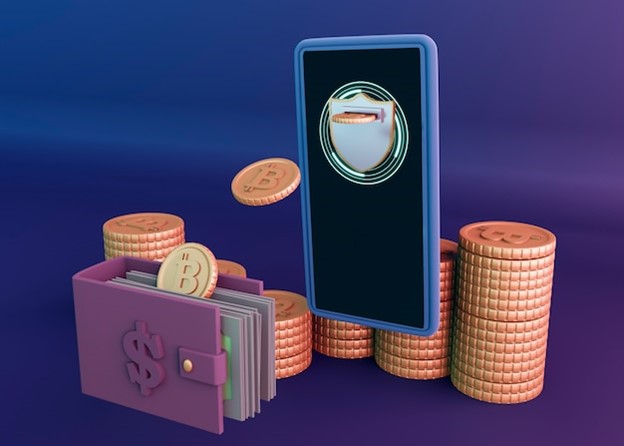In the world of digital currencies, XRP has gained significant attention as the digital asset created by Ripple, a prominent technology company focused on transforming cross-border payments. XRP serves as both a cryptocurrency and a bridge currency for facilitating fast and low-cost money transfers. In this article, we will explore the fundamental features of XRP, its connection to Ripple, and its potential impact on the global financial system.
What is XRP? XRP is a digital asset that operates on the Ripple network, an open-source blockchain technology designed to enable fast and secure international money transfers. While XRP shares some similarities with other cryptocurrencies, such as Bitcoin and Ethereum, it has unique characteristics that differentiate it from the rest. XRP’s primary purpose is to serve as a bridge currency, facilitating seamless transactions between different fiat currencies in a quick and cost-effective manner.
The Ripple Network The Ripple network is a decentralized global payments protocol created by Ripple Labs. It aims to revolutionize the traditional cross-border payments system, which is often slow, expensive, and burdened by intermediaries. Ripple leverages blockchain technology and the Interledger Protocol to enable fast and secure transfers of value across different financial networks. XRP plays a crucial role within this ecosystem, serving as a liquidity provider and a medium of exchange.
Speed and Cost Efficiency One of the key advantages of XRP is its ability to facilitate near-instant money transfers at a significantly lower cost compared to traditional systems. The Ripple network, powered by XRP, allows financial institutions and payment providers to settle transactions in real-time, eliminating the need for pre-funded accounts and reducing liquidity costs. This speed and cost efficiency make XRP an attractive option for individuals and businesses seeking to streamline their cross-border payment processes.
Liquidity and Liquidity Providers XRP’s liquidity is a critical aspect of its functionality. The digital asset serves as a bridge between different fiat currencies, allowing for the seamless conversion of value. Market makers, often referred to as liquidity providers, play a vital role in facilitating this liquidity. These entities hold XRP and offer it on various exchanges, ensuring a continuous supply of the digital asset. This liquidity provision enables the smooth operation of the Ripple network and enhances the overall efficiency of cross-border transactions.
Partnerships and Adoption Ripple has forged numerous partnerships with financial institutions and payment service providers worldwide to promote the adoption of XRP and the Ripple network. These collaborations aim to leverage the advantages of XRP’s fast and low-cost transactions to enhance the existing payment infrastructure. Ripple’s network has gained traction among banks, remittance companies, and other financial institutions seeking to improve the efficiency of their cross-border payment services.
Regulatory Considerations As with any digital asset, regulatory considerations are an important aspect to monitor. XRP has faced regulatory scrutiny in various jurisdictions, with discussions around its classification as a security. It is worth noting that the legal status of XRP varies across different jurisdictions, and ongoing regulatory developments may impact its usage and adoption in certain markets.
The Future of XRP The future of XRP depends on various factors, including regulatory developments, market demand, and the adoption of blockchain technology in the global financial system. Ripple’s partnerships and efforts to enhance the efficiency of cross-border payments continue to shape the ecosystem in which XRP operates. As the digital asset and the Ripple network evolve, their potential to transform traditional finance and enhance global remittance services remains significant.
Conclusion XRP stands as a digital asset uniquely positioned to address the inefficiencies and high costs associated with cross-border payments. Through the Ripple network, XRP offers a solution for fast and cost-effective transactions, providing liquidity and serving as a bridge currency between fiat currencies. While challenges, such as regulatory considerations, persist, the potential of XRP to revolutionize global payments and streamline financial processes cannot be overlooked. As technology advances and adoption grows, XRP’s impact on the financial industry could be transformative.










